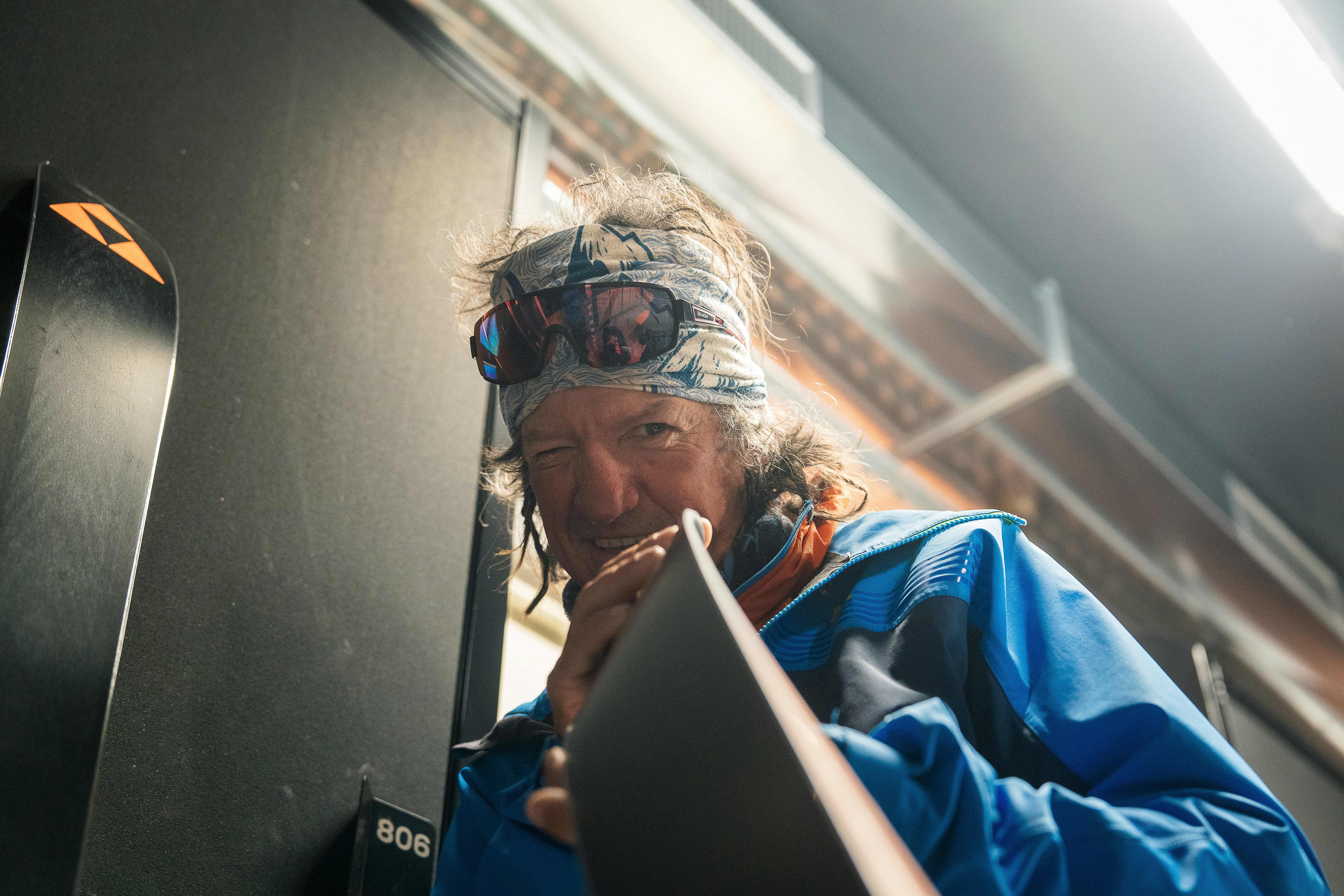For years, the classic touring setup meant one thing: light, narrow skis typically in the 80–90 mm range underfoot paired with minimal boots and race-inspired bindings.
The focus was on uphill efficiency, low weight, and covering ground. These skis shine in firm conditions, long traverses, and technical alpine terrain where every gram counts and precision is needed. But the new-school mentality is changing the equation. Riders are increasingly prioritizing downhill performance. The focus is still in the 85-90mmm range. But technologies like carbon construction and modern shaping help reduce weight, though some of the setups are still a bit heavier than their traditional counterparts.

Fear not, there is a reward. More float, more fun, and more confidence in variable snow. That leaves a sweet spot: skis in the 85–90mm range that blend both worlds: Lightweight enough for long days and big vert, but with enough width and modern design to handle mixed conditions, steeps, and even a touch of powder. It’s not just about what the scale says; it’s about how that weight translates on the skin track, in the bootpack, and especially on the descent. Classic or new school, the goal hasn’t changed: move efficiently, descend confidently, and choose your gear with intention. Whether you’re counting grams or free touring, the best setup is the one that matches your terrain, your objectives, and your style.
Share this article

